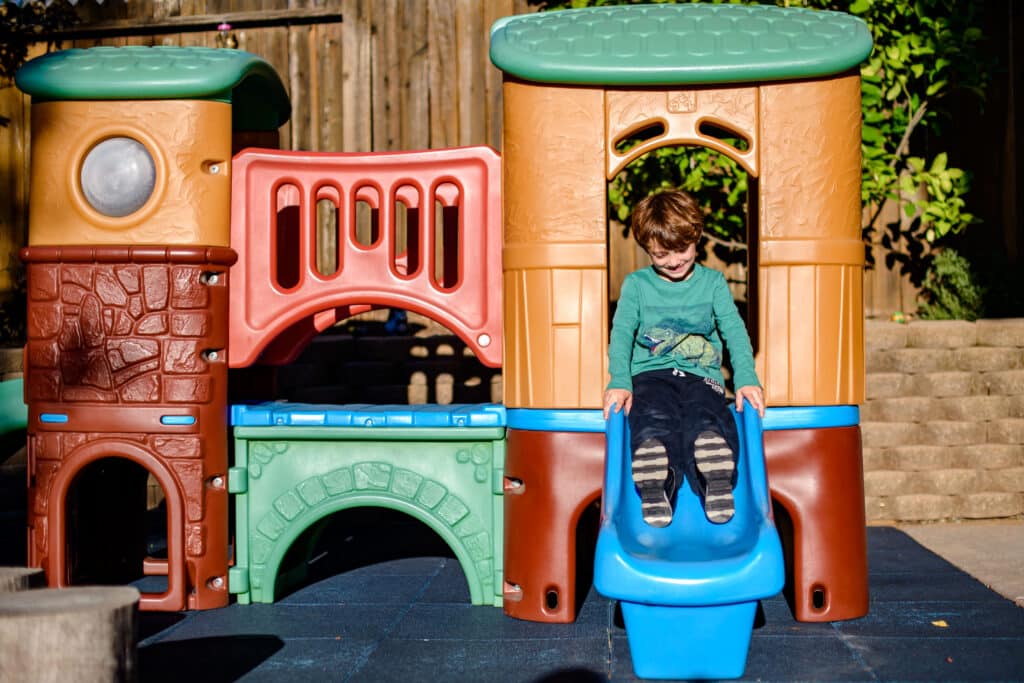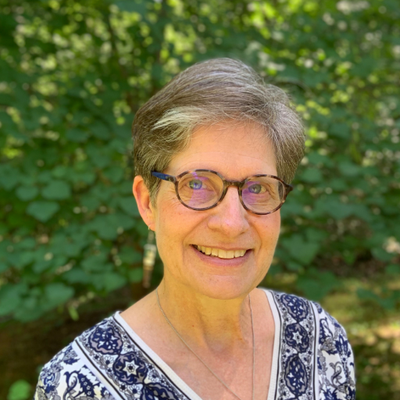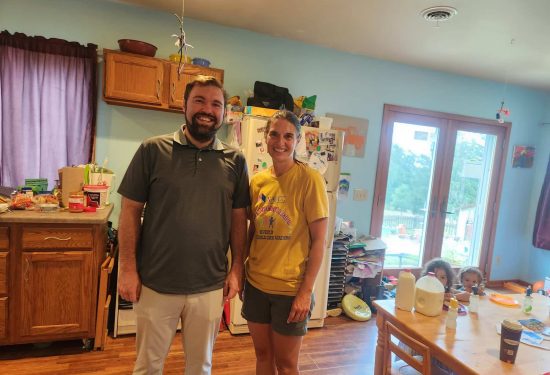Finding a place to call home for herself, her four children, and her four-star family child care program is a familiar struggle for BriAnne Moline, a home-based child care provider in Missoula, Montana. In her five years operating a successful home-based child care business (and more than 15 years working in child care), special regulations targeting home-based child care businesses have twice forced her to move. Each time she had to shut down her program in less than a month, move to another neighborhood, and develop new relationships with landlords and neighbors.
After the second time, when she was four months pregnant, she created a smart business plan to address where her licensed program would be housed. “I put together a portfolio with letters of recommendation, pictures of my program, statistics on how many children in our community have care and how many children need care, my income, my expenses, and the ways that my business benefits the community.” BriAnne shared this information with more than 120 property management companies with available rental properties. All of them turned her down.
“They say licensing and insurance issues are the reasons they are so afraid, but those are excuses. [BriAnne’s program was already licensed and she carried comprehensive business insurance]. To them, a child care business is just too much of a liability.”
BriAnne eventually found a private landlord who rented a home to her for her business, but she had to make a lot of compromises. “The yard was small, the rent was double, utilities were double, so I needed to take on more children and hire an assistant in order to live there,” she says. She has concerns about issues that are common in older homes—lead paint beneath the surface paint, radon in the basement—but like many other home-based providers longing for housing stability and control over the physical space they use for their businesses, she is reluctant to push for repairs that would increase costs or risk jeopardizing the space she otherwise loves.
BriAnne is not alone. According to a recent report from the RAPID survey, one in four child care providers reports difficulty finding affordable housing. Housing hardships faced by family, friend and neighbor (FFN) caregivers (as opposed to licensed home-based providers) and by Latinx and Black providers were even greater. In all, 42 percent of providers reported being somewhat or very worried about not being able to pay their rent or mortgage in full. In general, Black women are evicted at higher rates than others, and the lack of child care often figures into a calculus that leads to unemployment and homelessness.
Why Is It So Hard to Afford Housing for a Child Care Program?
In addition to the barriers all low-income workers—renters and would-be home buyers— face in a tight housing market (skyrocketing rents, few starter homes, high down payments, poor credit), home-based providers face the added burden of local and state regulations that establish a higher bar for child care businesses. BriAnne reports that it was fine for her neighbor to run a bakery out of a rented home in the same development, but her licensed child care business was specifically not permitted. Often the types of housing that can be used for licensed child care homes are regulated by the state. Some states, like Nevada, outlaw rental apartments from use for family child care homes entirely.
Sometimes landlords, home-owners’ associations, or neighbors object to home-based care businesses, even as other neighbors are clamoring for child care for their children. Many providers have received complaints from neighbors, often third hand after landlords had been notified, and several had been evicted because of those complaints–only to start the search for affordable housing and the liability insurance to cover a business again.
BriAnne and other providers we talked to all long to buy their own homes, a place where they can grow a business and have enough space for their own families. But homeownership is a distant dream for many.
Health and safety regulations and zoning laws for child care homes sometimes require expensive renovations, like fencing, grading, or expanding the space where children will play and learn. Those requirements often create a better space for children and protect neighbors from noise, but they also prohibit child care providers from establishing programs in the residential neighborhoods where they are needed most.
Win-Win Solutions for Providers and Their Communities
The clash between the child care shortage and the affordable housing shortage is not lost on community development planners. A recent report from the Low Income Investment Fund (LIIF) proposes several innovative solutions for affordable family child care in low-income or mixed-use housing developments. Rural Homes, a developer in rural Colorado, is creating affordable housing communities with units set aside for home-based child care operators. In Nevada, with the support of the state, Mission Driven Finance is purchasing leasable homes for providers that they can lease with the goal of owning in the future.
Grants, loans, subsidies, or tax breaks to help home-based providers who own their homes with maintenance and mortgage costs would also ease the capital burden of home-based child care programs. “Just give us a little grace and a little help,” says BriAnne, who is still working toward the $50,000 down payment and 10 years of business tax records she would need to purchase her own home. Credit counseling and mentorship for would-be homeowners like her would enable more providers to achieve a stable, sustainable housing situation for their businesses.
In California, the Keeping Kids Close to Home Act, passed in 2019, prohibits regulations that require special zoning permits or business licenses for family child care homes in any neighborhood. Whether it’s a residential neighborhood, an apartment building, or a townhome complex, “if you can live there as a regular person, you can operate a family child care there,” says Liz Scully, a provider in California. This kind of law creates greater access for child care providers and eases their anxiety about finding a place to call home. It also makes affordable, accessible child care available to more parents right in the neighborhoods where they live.
In Colorado, recently passed House Bill 21-1222, stipulates that zoning restrictions for family child care homes cannot be separate or more stringent than those for single-family residences generally. This means that family child care homes need only meet the same regulations for land-use, fire, safety, and building codes as any other family moving into or building in a neighborhood. BriAnne and the Montana Family Childcare Network are advocating for a similar bill in Montana that would establish child care as a residential use of any home.
Innovative solutions and legislation like these are a big win for home-based child care providers–and for the millions of children they care for.




